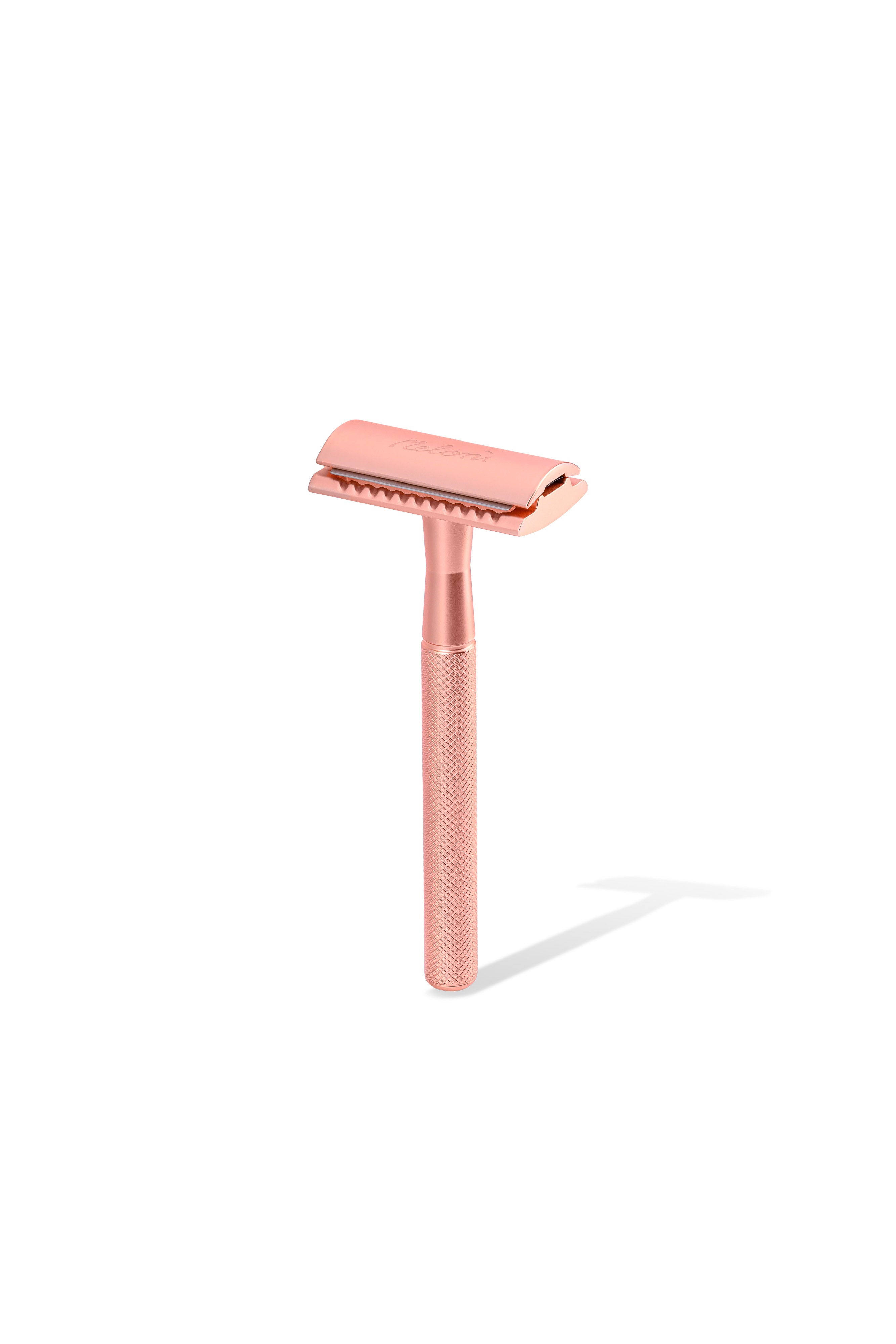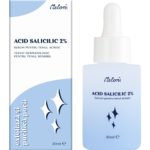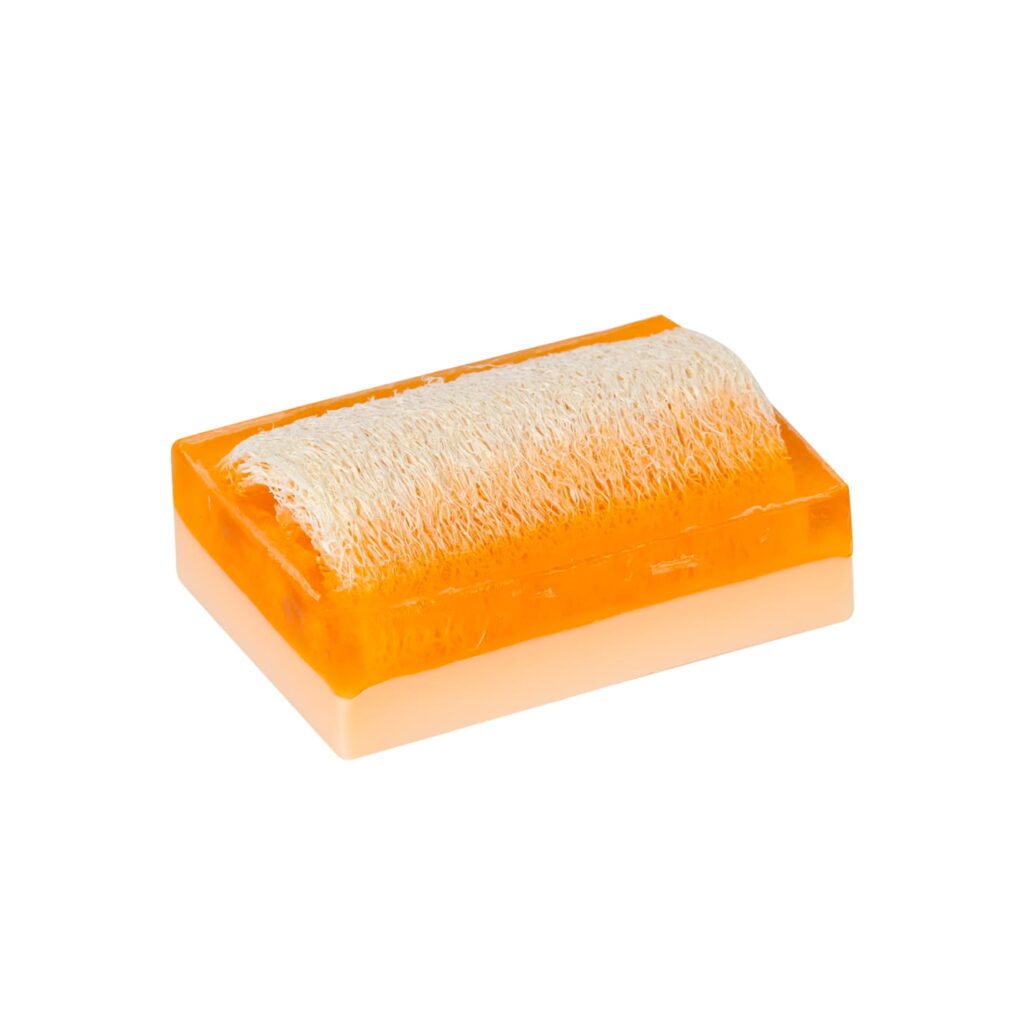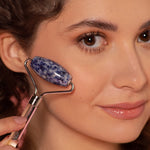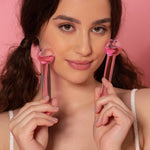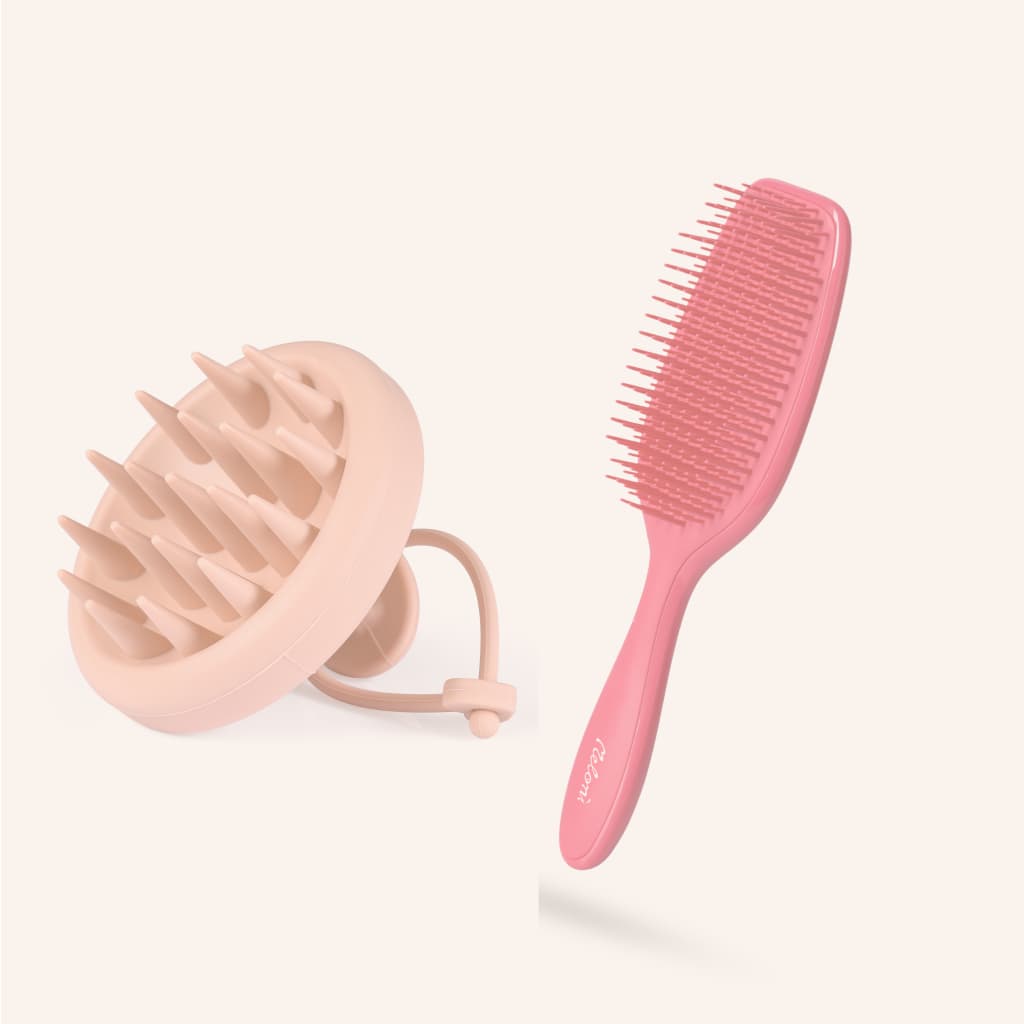Facial Shaving: Does It Thicken or Darken Facial Hair?
Myth: Facial shaving makes facial hair grow back thicker and darker.
Fact: This is a common misconception, but there is no scientific basis to support it. The blade used in facial shaving doesn't alter the hair follicles beneath the skin, which are responsible for hair growth. The perception of hair growing back thicker or darker after shaving is a temporary phenomenon due to the blunt ends of the newly cut hairs. These ends may feel coarser and appear slightly darker until the hair grows out further.
Explanation:
-
Hair Growth: Hair growth is determined by genetics and hormones, not by shaving. The blade used in facial shaving only removes the visible part of the hair from the skin's surface, leaving the follicle intact. The follicle continues to produce hair at its normal rate and thickness.
-
Blunt Ends: When hair is shaved, the ends are cut blunt. This can make the hair feel coarser and appear slightly darker, especially when first growing back. However, this is only a temporary effect as the hair grows out and the ends become more tapered.
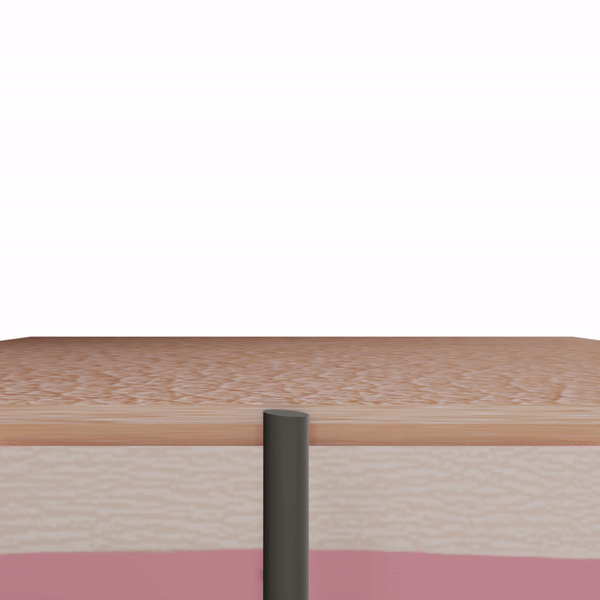

Additional Points:
-
Shaving doesn't change hair color: Facial shaving does not affect the pigmentation of hair follicles. The color of hair is determined by genetics and is not influenced by shaving.
-
Shaving doesn't increase hair growth rate: The rate at which hair grows is determined by genetics and hormones. Shaving does not stimulate hair follicles to grow faster.
Conclusion:
Facial shaving is a safe and effective way to remove peach fuzz (vellus hair) and dead skin cells from the face. It does not cause hair to grow back thicker, darker, or faster. If you are concerned about facial hair growth, there are other hair removal methods available, such as waxing, electrolysis, or laser hair removal. However, these methods should be discussed with a dermatologist to determine the best option for you.
Benefits of Facial Shaving:
-
Gentle exfoliation: Facial shaving removes the top layer of skin, revealing a smoother, brighter complexion. It also helps remove dead skin cells that can clog pores and contribute to dullness.
-
Promotes makeup application: By removing peach fuzz, facial shaving creates a smoother canvas for makeup application, allowing foundation and concealer to glide on more evenly.
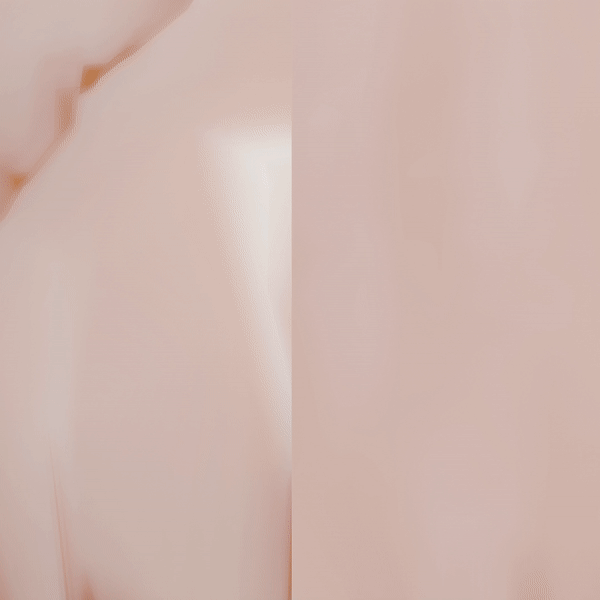
-
Stimulates collagen production: The gentle exfoliation from facial shaving can encourage collagen production, leading to firmer, more youthful-looking skin.
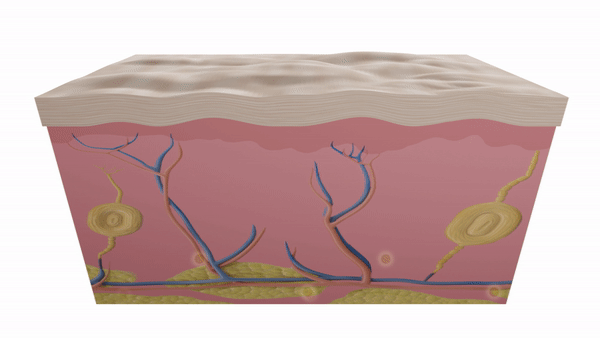
Tips for Safe and Effective Facial Shaving:
-
Cleanse thoroughly: Before shaving, wash your face with a gentle cleanser to remove dirt and oil.
-
Use a sharp blade: A dull blade can tug at the skin and increase the risk of irritation.
-
Shave in the direction of hair growth: This helps minimize ingrown hairs.
-
Apply a hydrating moisturizer: After shaving, soothe your skin with a hydrating moisturizer.
-
Avoid shaving too frequently: Once or twice a week is usually sufficient.
-
Test on a small area first: If you have sensitive skin, test the shaving method on a small area first to check for any reactions.
Remember, facial shaving is not suitable for everyone. If you have any concerns, consult with a dermatologist for personalized advice.





